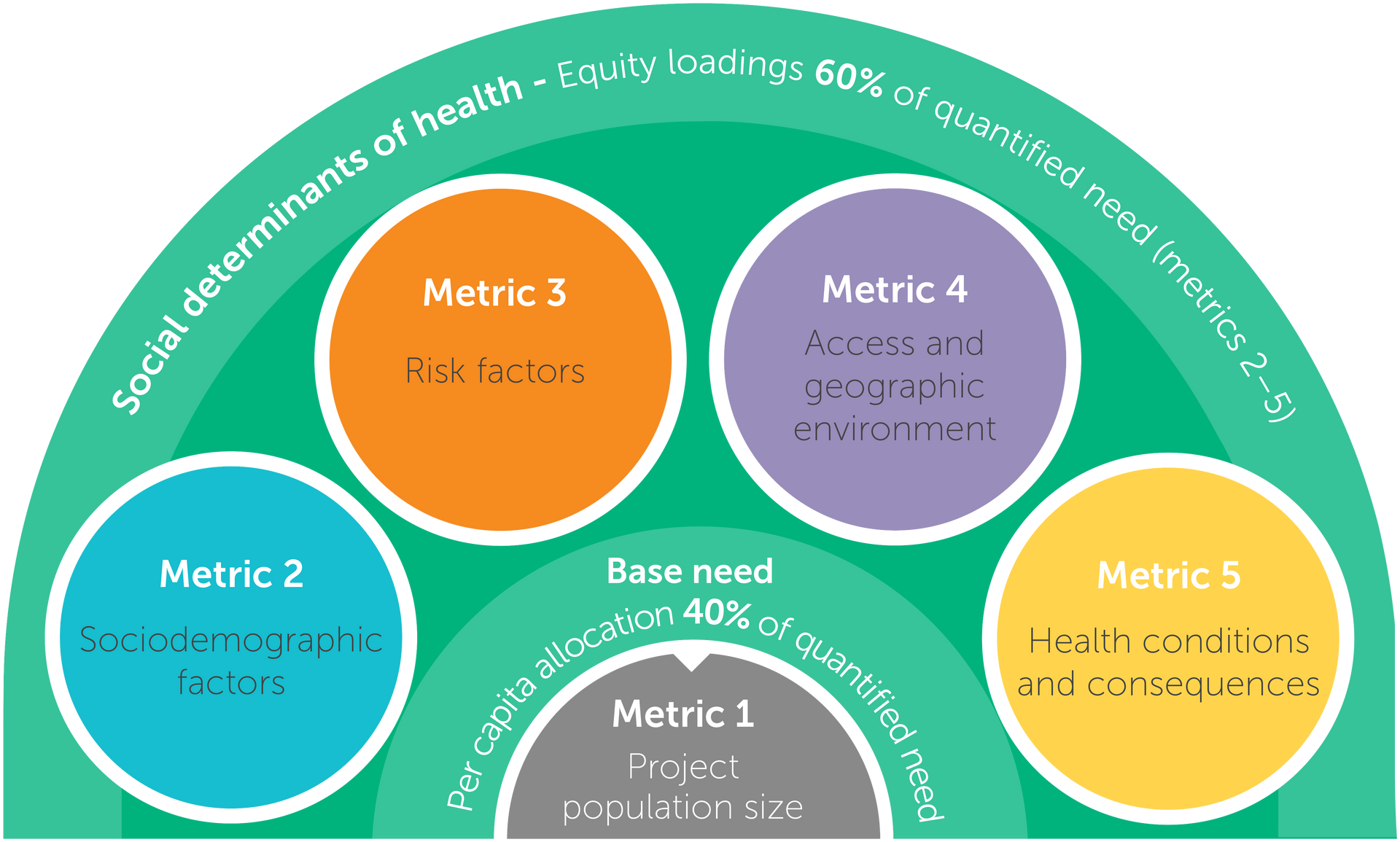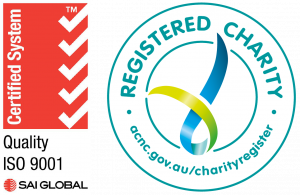Understanding need: the West Metro Health Service Partnership Population Health Needs Assessment
Picture: Footscray Market.
In mid-2022, NWMPHN joined with several major health organisations to create the West Metro Health Service Partnership Population Health Needs Assessment.
The study was an 8-month project that aimed to analyse the health and care needs of people within Melbourne’s western suburbs. The insights gained are being used to inform decisions on new collaborative programs and to align initiatives and priorities across regional networks.
The West Metro Health Services Partnership (WMHSP) comprises NWMPHN, the Royal Melbourne Hospital, Peter MacCallum Cancer Centre, the Royal Women’s Hospital, Western Health, Mercy Health Werribee and the Royal Children’s Hospital. The Western Public Health Unit is also assisting with the project.
Pictured: To ensure equitable access to health care across its catchment, NWMPHN created the Health Needs Assessment Framework. It ensures more time is spent drawing insights from data than working out how to analyse it.
The project uses the NWMPHN Health Needs Assessment Methodology and Framework. The organisation’s Evaluation and Research Team, under the guidance of Emma McKeown, Executive Director of Insight, Performance and Digital Services, had the lead role in undertaking the analysis and developing the report.
It was delivered over 4 stages:
- Project initiation (October–November 2022)
- Developing the evidence base (December 2022–February 2023)
- Deep dive into the drivers of need (March–July 2023)
- Report drafting and finalisation (July–August 2023)
Stage 2 was heavily focused on data analysis and involved data sources including the ABS census, Victorian Admitted Episodes Dataset (VAED), Victorian Emergency Minimum Dataset (VEMD), community health data (including activities funded by primary health networks), general practice activity data, and surveillance of notifiable conditions data.
Stage 3 focused on consultations with community members living in and accessing services in the West Metro Catchment, as well as health care providers working in the area. The aim was to understand the health needs of people within the catchment, and their experiences of accessing services. The study has four cohorts of special interest: people with cancer, children under 10, women 20-39 years old, and people over 65.
Consultations involved 85 people, organised into 11 focus groups and 12 one-to-one interviews. Surveys offered to residents and health care providers generated 516 and 146 responses respectively.
Key findings
- The analysis showed that based purely on population size Wyndham, Brimbank, and Merri-bek have the highest level of need. When adjusted for the social determinants of health, the areas with the highest need are Wyndham, Brimbank, and Melton.
- By 2030 the west metro region’s population will account for almost a third of Victoria’s population. The population growth across ages in the west metro region is much higher than Victoria. The highest growth rate is for older adults, followed by children 0–14 years.
- Community experience accessing health care services highlighted the persistent challenge of navigating the health system, while balancing family, work or community responsibilities. A lack of local bulk-billed or affordable health care in some areas, coupled with cost-of-living pressures, were common barriers to accessing timely care.
- Lived experiences of stigma and discrimination were shown to adversely impact health and wellbeing and influence decision making, highlighting the need for an inclusive health system that promotes and embeds cultural and psychological safety to effectively engage marginalised groups and promote positive experiences.
- Consultations with health providers across general practice and community settings also highlighted system challenges. These included inadequate access to specialist care in the community, increasing acuity in emergency departments and complexity of community health and psychosocial needs. Ad hoc coordination between health services was also pertinent.
- The need for investment in workforce capability and capacity building was a recurrent message to continue to meet growing demand for services.
The West Metro Health Service Partnership Population Health Study report is now available on the NWMPHN website. It will play a valuable role in informing project design and service mapping for at least the next 3 years. It will also help inform future priorities for collaboration.
Suyin Ng, WM HSP Executive Director, said the results reflected the engagement, commitment and leadership of each of the partnership’s members.
“It’s testament to the investment from staff, the quality of our health service leadership, the innovative mindset, and the commitment to patients that is evident across all our health services,” she said.
“Partnerships are not easy, but they can deliver great outcomes."
Our STORIES
HealthPathways Melbourne: the online, handy source of truth for GPs and other clinicians
Keep up to date with the latest news and publications, funding opportunities, careers and upcoming events at NWMPHN.


